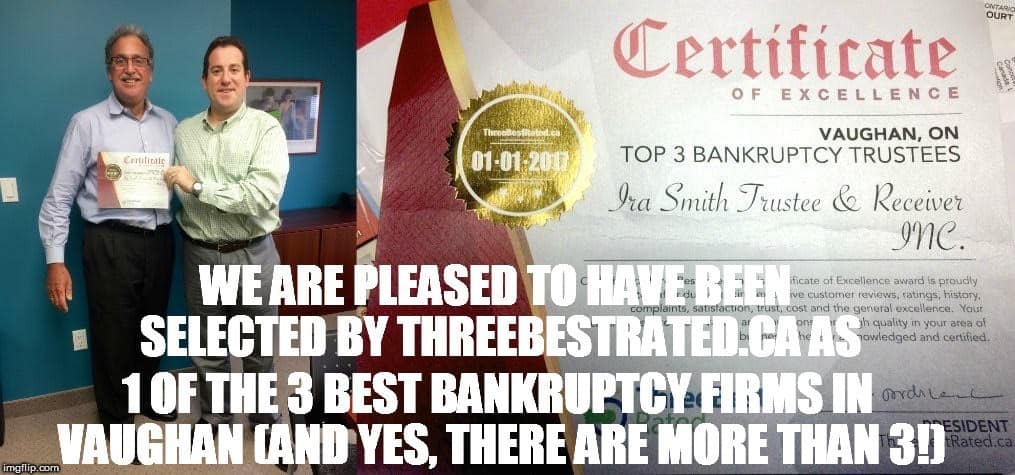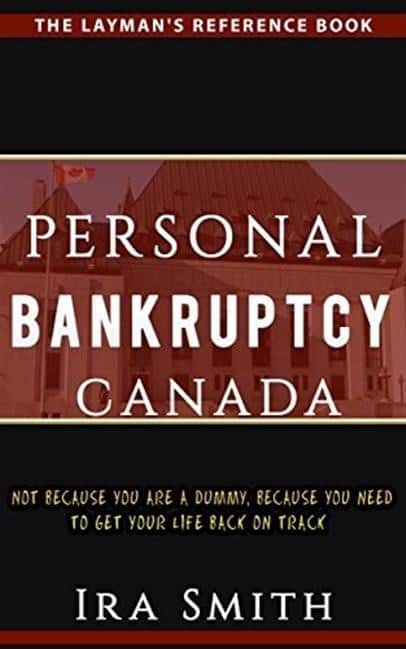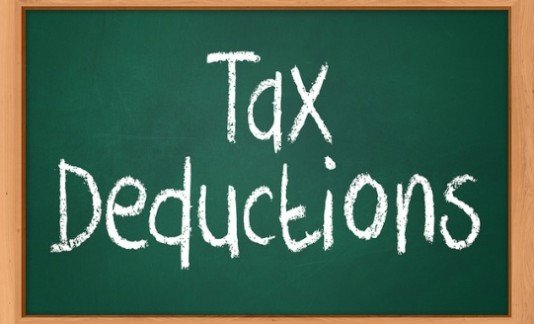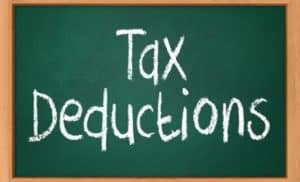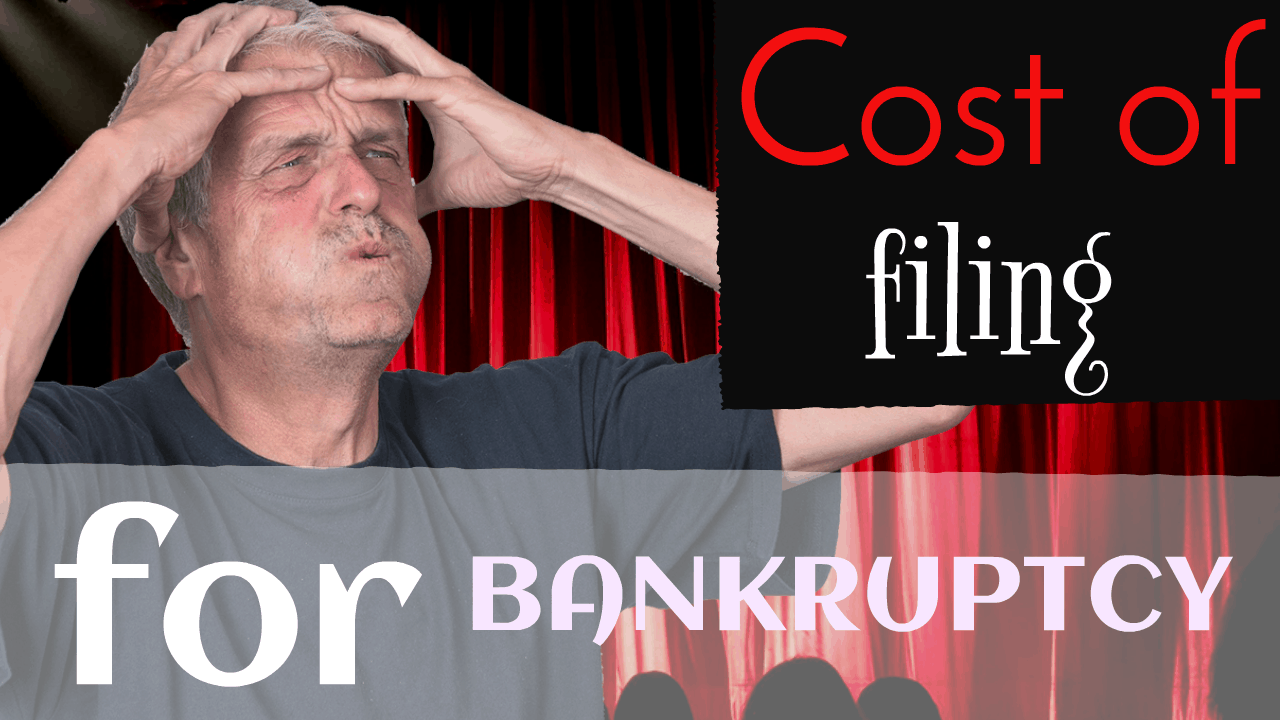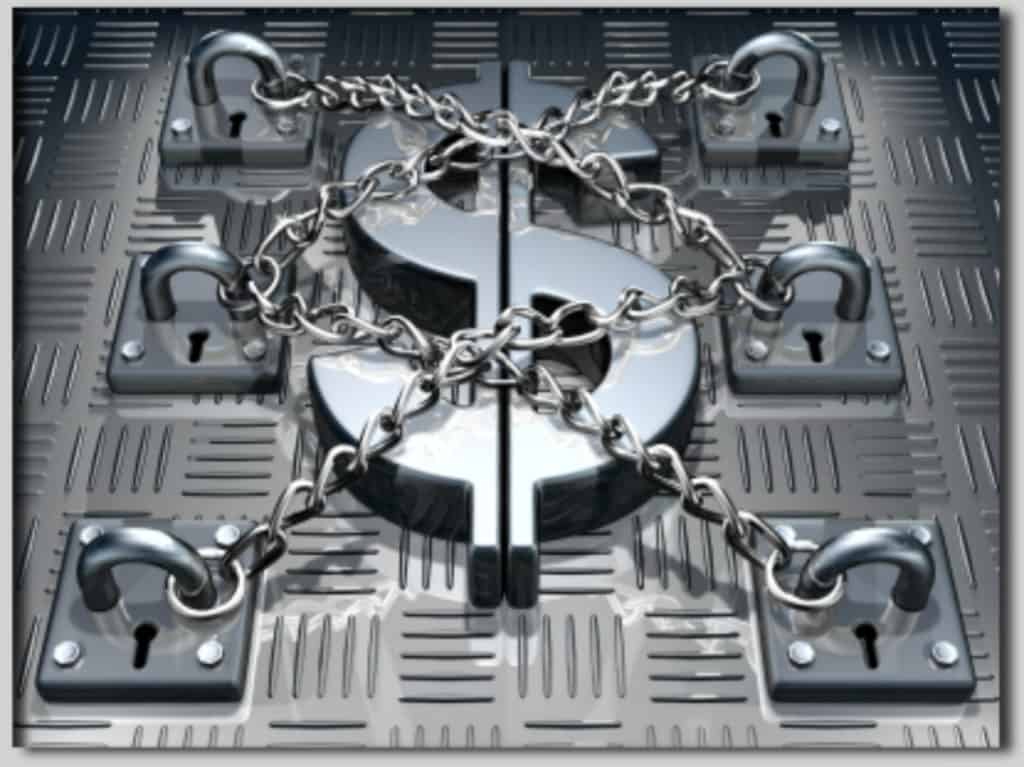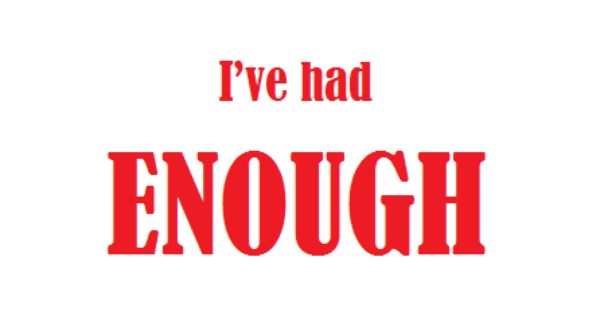Bankruptcy protection meaning: Introduction
The Cambridge English Dictionary gives us the bankruptcy protection meaning as follows:
“bankruptcy protection noun [ U ]
UK US also bankruptcy-law protection
LAW, FINANCE laws that limit the amount of money a bankrupt company (= one that owes more money than it can pay) must pay to those it owes money to:
The firm filed for bankruptcy protection after a massive accounting scandal.
We have filed for bankruptcy protection from creditors.
It’s the second time the company has sought bankruptcy protection in 25 months.
The Chicago-based business, already forced into Chapter 11 bankruptcy protection, said that a complete collapse is now a “distinct possibility”.
See also
Chapter 11”
Bankruptcy protection meaning: Bankruptcy protection meaning
The above definition is helpful, but, I would make one small change to it. There is a difference between a company that does not have enough cash to meet its expenses, or whose assets are worth less than the value of its liabilities. Such a company is insolvent. Such a company is only bankrupt if it has filed an assignment in bankruptcy or a Court has issued a Bankruptcy Order against it. Insolvency is the financial condition; bankruptcy is a legal state.
So, I will give you my bankruptcy protection Canada definition:
Bankruptcy protection is a legal state where the insolvent company (or person) has filed under the country’s bankruptcy laws to restructure and avoid becoming a bankrupt.
Bankruptcy protection meaning: How does it begin?
A company starts to go into “bankruptcy protection” by putting together its motion to the Court to tell that:
- they are admitting that they cannot pay their debts generally as they come due;
- their assets are worth less than the amount of their liabilities;
- they cannot continue in business in their current financial and business condition;
- there may be come calamity about to befall them if they do not have the time and breathing space to focus only on a restructuring and running of their business to regain profitability;
- and they’re asking for the Court’s help and protection while they formulate a proposal or a plan of arrangement to present to the creditors.
The company is not seeking “bankruptcy protection”. Rather, it is seeking protection from its creditors. It is seeking a “time out” from the Court so that the company’s creditors cannot begin or continue legal action against the company. It wishes to be protected from such outside influences so that nobody can tip it over.
Management is saying that if given time, it believes that it can come up with a plan to restructure the company so that it can emerge a better and financially healthy company. It wishes to take the opportunity to see if its creditors, and the Court, will agree to a restructuring plan. It wishes to continue in business to continue to buy and sell goods and services and to continue to be an employer.
Bankruptcy protection meaning: We have all heard about Chapter 11 bankruptcy protection
We have all heard about Chapter 11 bankruptcy protection proceedings. This refers to the restructuring provisions of the United States Bankruptcy Code. A case filed under chapter 11 of the United States Bankruptcy Code is often called a “reorganization” bankruptcy.
The Chapter 11 filing provides bankruptcy protection to the company and allows it to restructure itself and its assets to attempt to maximize creditor and shareholder value and avoid bankruptcy. A Chapter 11 case begins with the petition being filed with the bankruptcy court serving the area where the debtor can show a domicile or residence. A petition may be a voluntary petition, a debtor filing, or it may be an involuntary petition, a filing by creditors that meet certain requirements.
You have probably just heard about Chapter 11 this week, as Takata Corp., the Japanese company that made faulty airbag inflators and is now the subject of many lawsuits in the United States and elsewhere just filed Chapter 11 bankruptcy protection proceedings this week.
Bankruptcy protection meaning: Does Chapter 11 exist in Canada?
Chapter 11 is not a Canadian term or provision. In Canada, there are two federal statutes that a company wishing to reorganize can rely upon. Because they are federal statutes, they apply across the country. So, it does not matter if you are applying for bankruptcy protection Ontario Canada or in any other province.
The first statute is the Part III Division I Proposal restructuring provisions of the Bankruptcy and Insolvency Act (R.S.C., 1985, c. B-3) (BIA). The second, and today more common statute large companies file under, is, the Companies’ Creditors Arrangement Act (R.S.C., 1985, c. C-36) (CCAA).
There is no such thing as a bankruptcy protection act Canada. The BIA and CCAA are also not new bankruptcy laws in Canada. They have been on the books for some time and form part of the corporate bankruptcy laws in Canada . This vlog does attempt to give a bankruptcy protection Canada definition.
Bankruptcy protection meaning: The Canadian restructuring laws
Both companies and people can file under the restructuring provisions of the BIA. Only companies that meet the test can file under the CCAA. The CCAA is a relatively brief statute which allows a company the time for them to restructure their affairs. The CCAA is more flexible than the BIA and that is why it is the restructuring statute of choice for large and complex Canadian corporations. It has often been called the Canadian Chapter 11.
The reason for filing under the restructuring provisions of either the BIA or CCAA, is for the company to avoid bankruptcy. So there is a big difference when considering bankruptcy protection vs bankruptcy. That will be a topic for another blog or vlog.
A company would file for restructuring if management believes there is a viable business to be saved. Management believes that it has a viable business within the corporation and the corporation can be nursed back to good health by taking certain steps, including:
- reducing debt;
- preparing and implementing a new business plan;
- reducing expenses; and
- perhaps shedding redundant assets and/or unsuccessful business units.
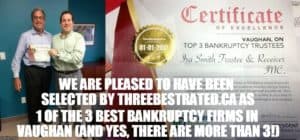
Bankruptcy protection meaning: What happens to the company when it is in restructuring mode?
The premise is that management remains in control of the business, its assets and operations while restructuring. As part of the plan, there may be senior management changes if confidence has been lost in the old management. However, management remains in control and the company continues to run.
The further assumption is that the company has enough cash flow, and/or enough lines of credit while in reorganization mode, to run and ultimately emerge from its restructuring proceedings. The Court needs to know that there will not be prejudice to any creditor by providing the bankruptcy protection to the company. Ultimately, the creditors and the Court will consider the company’s restructuring plan and decide whether to approve it.
Bankruptcy protection meaning: Some examples please
There have been many CCAA filings over the last few years. Some very well-known household names in fact, such as:
- Sears Canada Inc. – June 22, 2017
- Express Fashion Apparel Canada Inc. and Express Canada GC GP, Inc. – May 04, 2017
- Grafton-Fraser Inc. – January 25, 2017
- Performance Sports Group Ltd., Bauer Hockey Corp. – October 31, 2016
- Urbancorp Group of companies – May 18, 2016 and October 6 and 18, 2016
- Golf Town Canada – September 14, 2016
- Victorian Order of Nurses for Canada – November 25, 2015
- Verity Energy Ltd. – May 1, 2015
- Target Canada Co., et al – January 15, 2015 (this was just a liquidation, not a restructuring, but they used the CCAA)
- U.S. Steel Canada Inc. – September 16, 2014
Bankruptcy protection meaning: What to do if your company cannot carry on because of too much debt
If your company has too much debt and insufficient cash flow, you need your plan and strategy in place NOW. Contact us now. The Ira Smith Team is here to solve your debt problems and help you carry out that winning strategy, no matter the reason. We’re here to help and get you back on solid financial footing Starting Over, Starting Now. We’re just a phone call away.
UPDATE: CHECK OUT OUR NEW VLOG BY CLICKING ON:
SEARS CANADA IS CLOSING: THE #1 REASON YOU HAVE TO RUN AND NOT JUST WALK TO REDEEM YOUR GIFT CARDS AND CREDITS

 Toronto Credit Counseling: Introduction
Toronto Credit Counseling: Introduction





